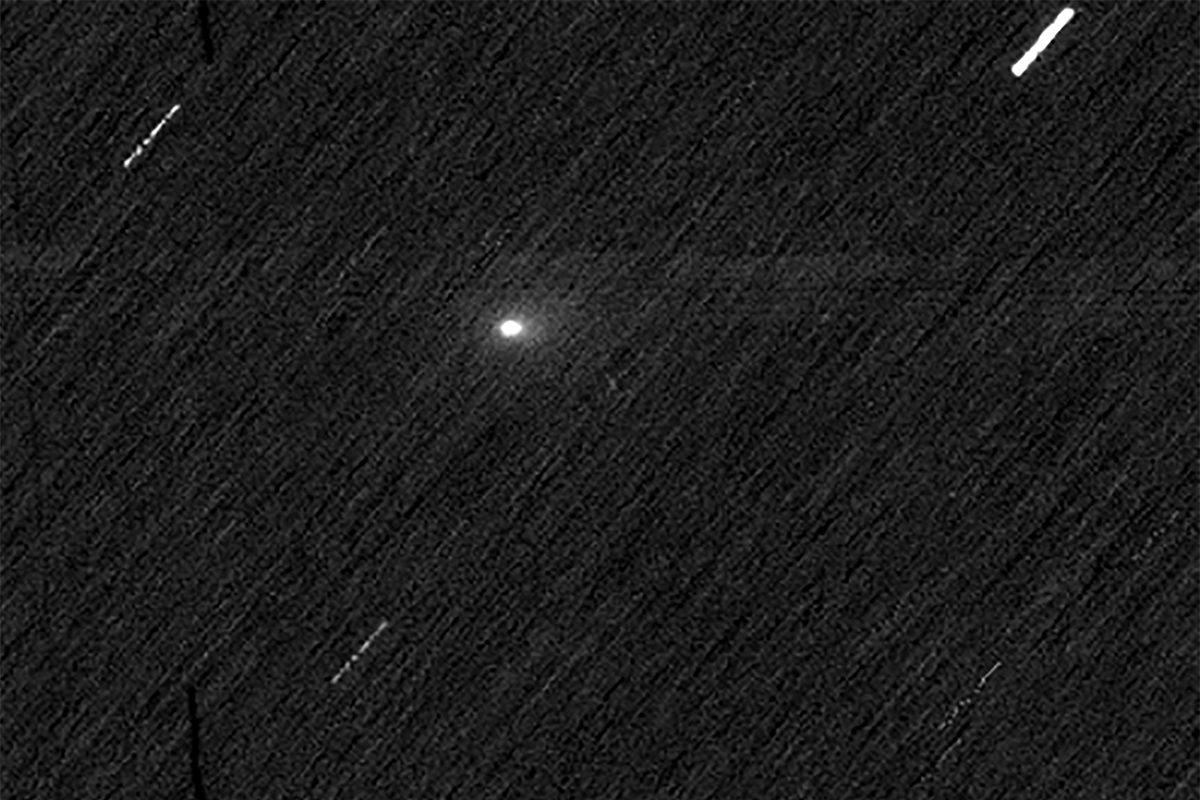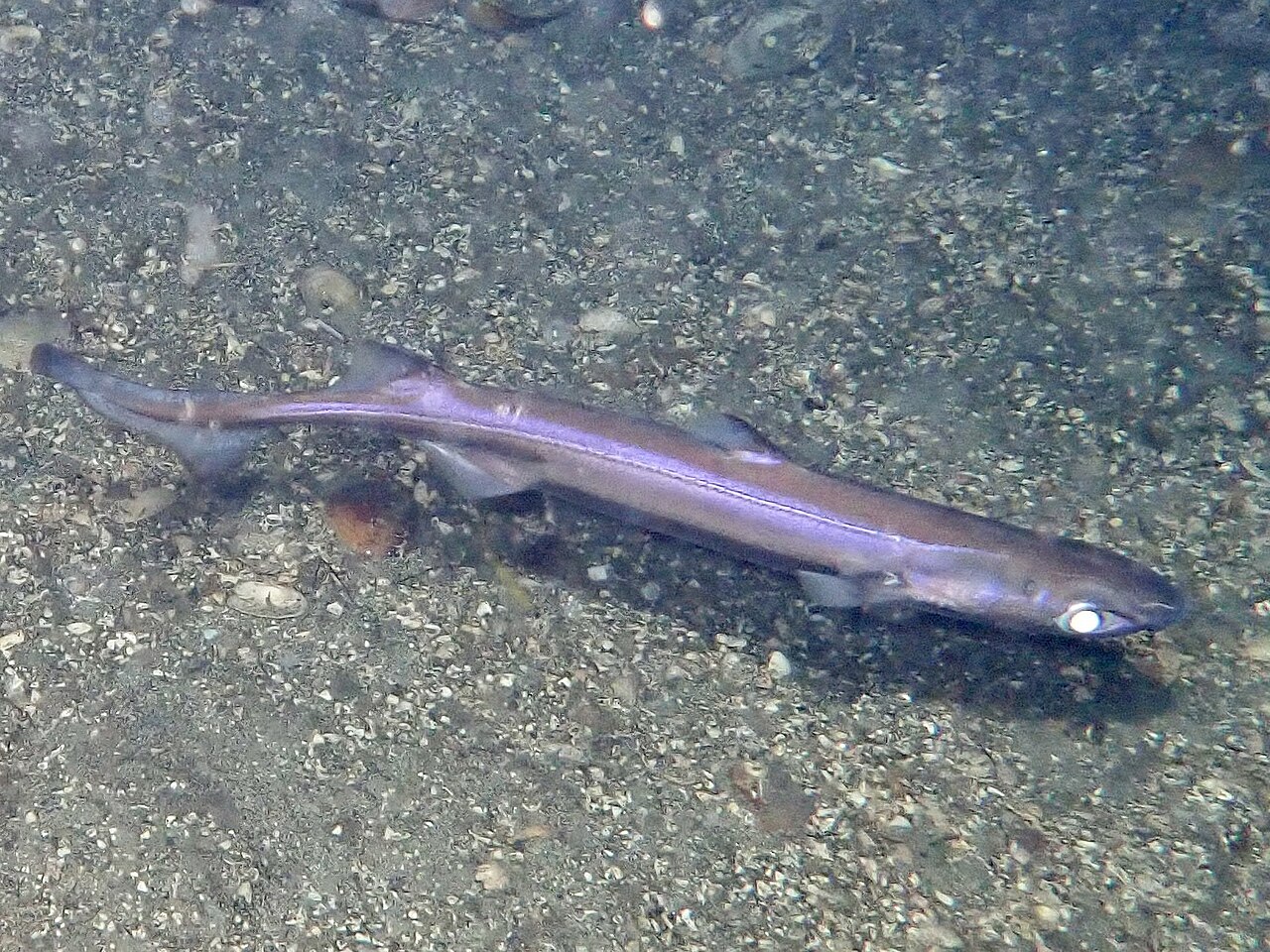BEIJING, Oct. 8 (Xinhua) — Bats and toothed whales are distant groups, yet both have independently developed the…
Category: 7. Science
-
Chinese scientists use AI protein language model to uncover mystery of life evolution-Xinhua
Tourists view a white whale at Sunasia Ocean World in Dalian, northeast China’s Liaoning Province, May 22, 2024. (Xinhua/Zhang Lei) -

Robots on Mars have just seen the strange deep-space comet tracing across the Martian sky
What do you do when you want to observe something that’s on the other side of the Sun?
That’s the problem astronomers faced as October 2025 rolled around and comet 3I/ATLAS, the mysterious interstellar visitor, became lost in solar glare, as seen…
Continue Reading
-

Rare supermoon illuminates sky over Jersey
Sky-watchers across Jersey were treated to a supermoon on Tuesday night.
A supermoon appears brighter and larger than other full moons in the evening sky and occurs when the Moon is at its closest point to the Earth.
The term was first coined in…
Continue Reading
-

Synergistic effects of plant growth regulators and fe₃o₄ nanoparticles on in vitro organogenesis and bioactive compound production in hypericum perforatum | BMC Plant Biology
Fe₃O₄ and PGRs elevate plant growth
Several treatments including 2,4-D (0.5 to 2 mg/L), kinetin (0.5 to 1 mg/L), and the Fe₃O₄ nanoparticles (1 to 4 mg/L) produced reductions in plant height when compared to the control treatment. The…
Continue Reading
-

Spectacular sight for harvest supermoon hunters in South West
Sky-watcher Jason Way captured this amazing shot of a supermoon above Dartmoor’s Haytor Rocks on Tuesday night, among many other images of the phenonomen taken in Cornwall.
A supermoon appears brighter and larger than other full moons in the…
Continue Reading
-

World's largest iceberg A23a may vanish by late 2025 – news.cgtn.com
- World’s largest iceberg A23a may vanish by late 2025 news.cgtn.com
- NASA Captures Stunning Images of a Titanic Iceberg’s Collapse SciTechDaily
- A Silent Danger The Nation (Pakistan )
- NASA Satellite Captures Heartbreaking Visuals of the World’s…
Continue Reading
-

Red Sea faced severe dried out conditions around 6.2 million years ago
New research shows that the Red…
Continue Reading
-

New species of deep-sea shark and crab discovered off Australia
Meanwhile, it was Dr Andrew Hosie, curator of Aquatic Zoology from the Western Australian Museum, who was involved in describing the new crab species.
“The new species of porcelain crab lives a symbiotic life with…
Continue Reading

